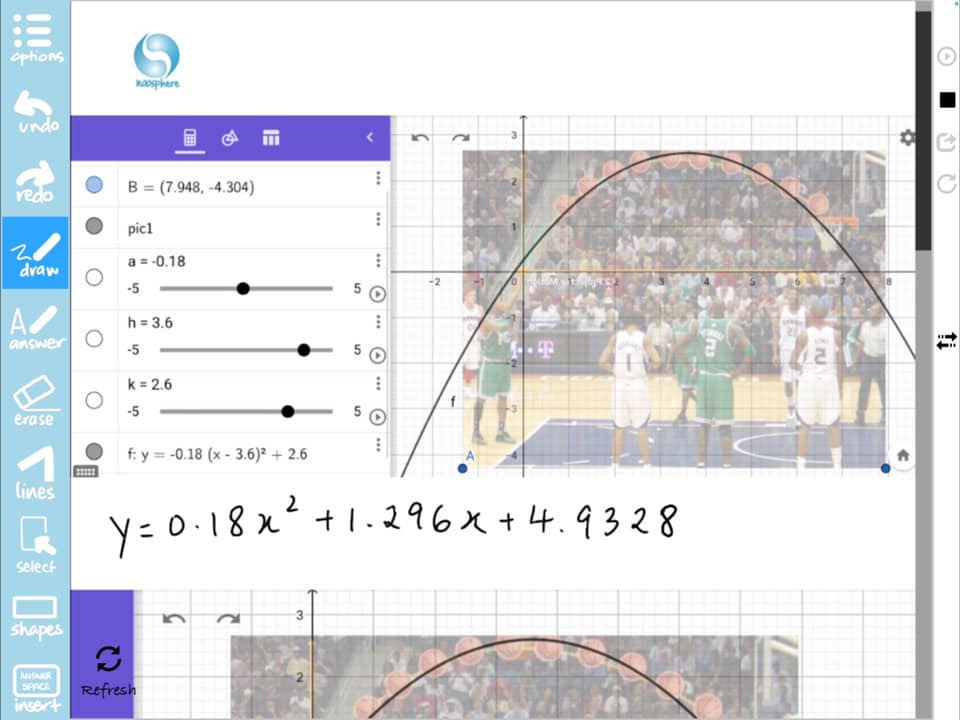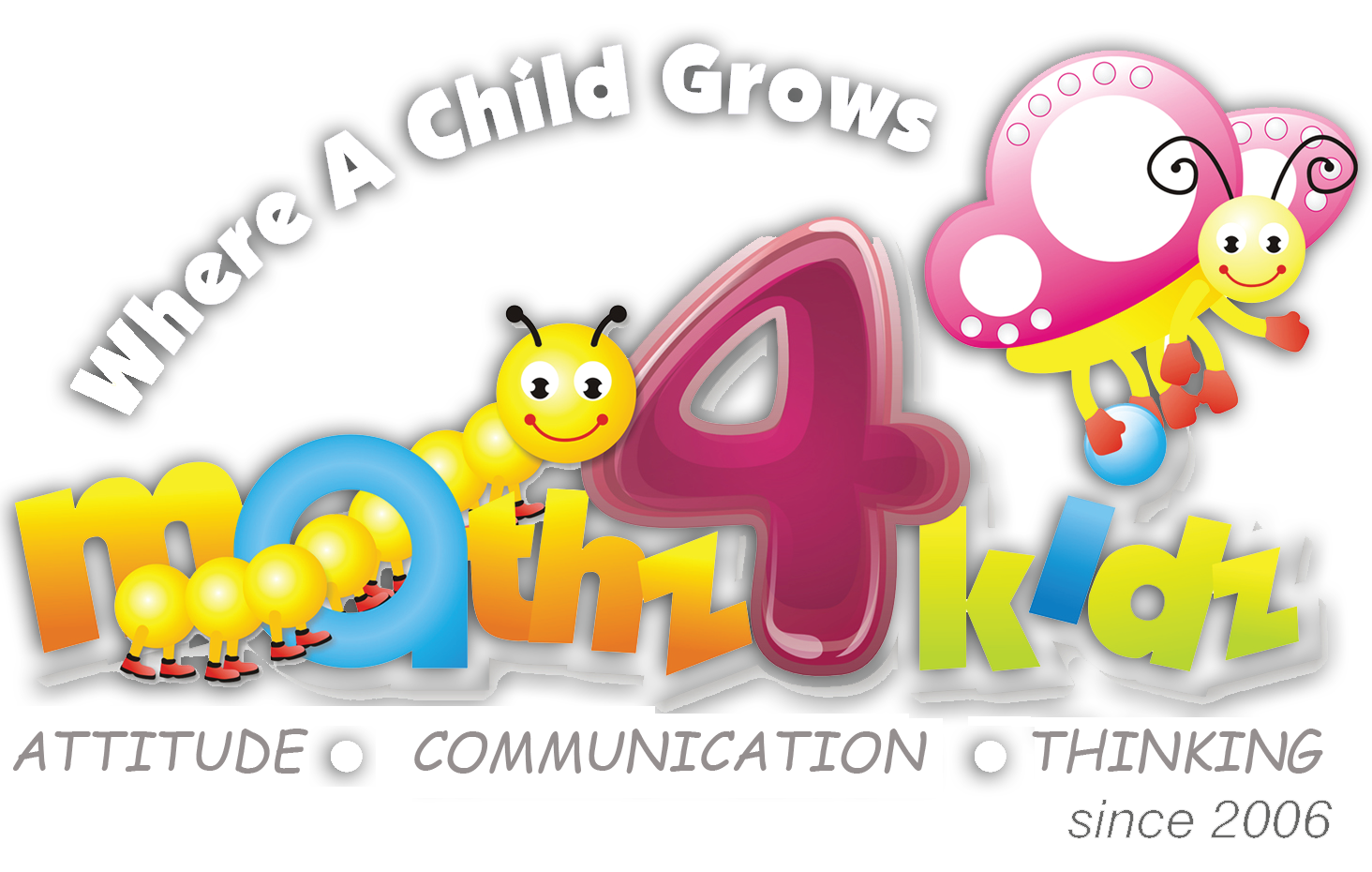Secondary
Maths Skill
for the
future
Why Choose
Our Math Program?
- Develop Mathematical Literacy
- Apply Math Skills to Real-World Problems
- Gain Transferable Problem-Solving Skills
- Connect Math to Your Interests and Passions
Our Approach to
Mathematical Learning
We believe in connecting math to the real world in ways that engage students. Here’s how we do it:
- Pull In the Big Picture Uses of Math Concepts
- Tie Problems to Student Interests
- Formulate Situations Mathematically
- Employ Mathematical Concepts, Facts, Procedures, and Reasoning
- Interpret and Evaluate Mathematical Outcomes
Reshape Curriculum
with Real-World Math
Our math program goes beyond traditional textbook exercises. We reshape the curriculum by:
- Bringing Real-World Scenarios into the Classroom
- Engaging in Hands-on Problem-Solving Activities
- Encouraging Collaborative Learning and Group Projects
- Providing Opportunities to Apply Math in Practical Situations
So, what can we do?
Maths is not just about numbers and equations.
It’s about understanding the world and solving problems that matter. That’s why some countries use a different way of teaching and learning maths that is more fun and engaging for students.
This way is based on a model that is used by international tests like PISA, which show how well students can apply their maths skills in real life situations.
What is PISA?
PISA is the OECD’s Programme for International Student Assessment. PISA measures 15-year-olds’ ability to use their reading, mathematics and science knowledge and skills to meet real-life challenges
What PISA want to test?

PISA made a picture to show what kind of math skills students need to solve problems that are not from school. (OECD 2013)
Christmas lighting started at 7 pm on 24th November. Almost a month before Navidad. Quadratic Graphs were everywhere | Madrid
At mathz4kidz, we align with the PISA framework, which tests how well students can use maths to solve real-life problems.
Graphing Quadratic Equations

